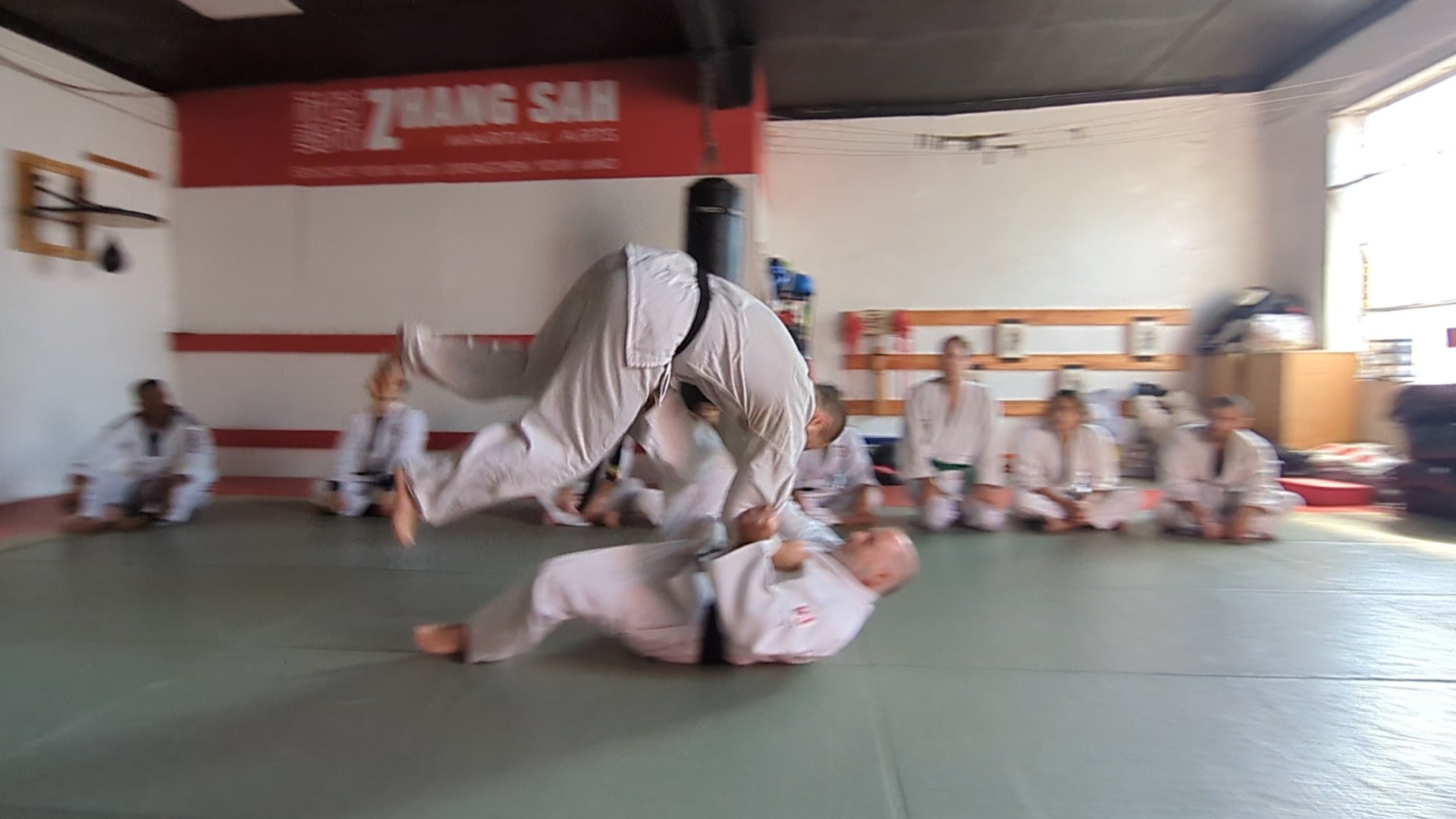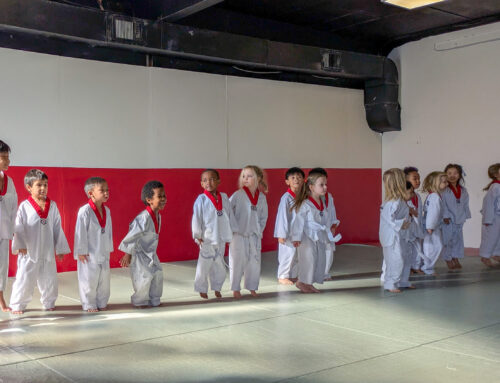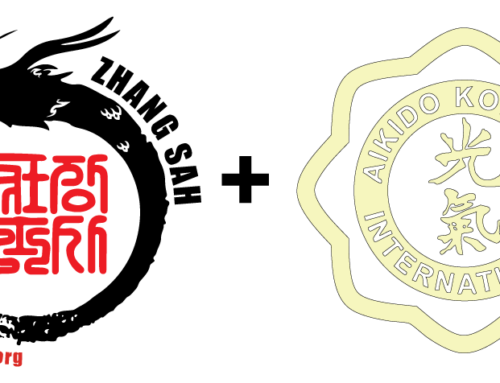
“Every year, the International Judo Federation and the judo community celebrate World Judo Day on 28th October. It is the birthday of the founder of Judo, Jigoro Kano Shihan. For each edition a theme is chosen to illustrate the values of Judo. This year’s theme is ‘Well-being.”
Judo practice offers several benefits of well being. First and foremost, is the practice conditions for every judoka to be able to fall down safely and minimize injury. Accidental falls are a big contributor to medical and health conditions. In my opinion, everyone should be taught how to fall down safely. Muscular strength, endurance, flexibility, and stress relief are also all well researched wellness outcomes from Judo practice. Lastly, learning how to move efficiently and solve problems are more mental benefits of Judo practice.
Beyond wellness, Judo may be one the most complete martial arts that you can learn. However, it is usually only partially taught and practiced. Did you know that there are three main components to Judo? They are: striking (atemi waza), throwing (nage waza), and grappling (katame waza). Most dojos emphasize the throwing (Nage) techniques, some incorporate grappling (Katame) techniques. It is a small portion of dojos that equally teach and practice all three components including striking (atemi). With our predominantly, ultra-traditional approach to Judo, the program at Zhang Sah does a pretty good job of addressing all three.



